Perennial oriental poppy, types and varieties, planting and care, propagation options
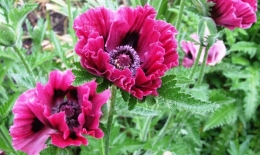
The flowers of the perennial poppy, called oriental poppy, are extremely attractive. They are quite large, up to 15 - 18 cm in diameter, have graceful curved petals and bright, rich shades.
Artists love to paint blooming poppies; their images often decorate household items, fabrics, and dishes.
The oriental poppy is considered the most attractive among all plant species; it is not surprising that it is very popular among amateur gardeners.
Content:
- Perennial oriental poppy: plant description
- Types of poppy and its varieties
- Where to buy and how to plant perennial garden poppy
- Rules of care and watering
- Organization of wintering
- Pests and diseases
- Propagation options for perennial poppy
- Why perennial poppy does not bloom, what to do
- What else you should know: Oriental poppy contains opium
Perennial oriental poppy: plant description
This type of poppy is also called low-leaved poppy and is a rhizomatous, perennial, herbaceous plant. It grows wild on mountain slopes in Turkey and Iran, the Caucasus, and can also grow in dry subalpine meadows. The bushes have impressive dimensions; their height can reach about 90 cm.
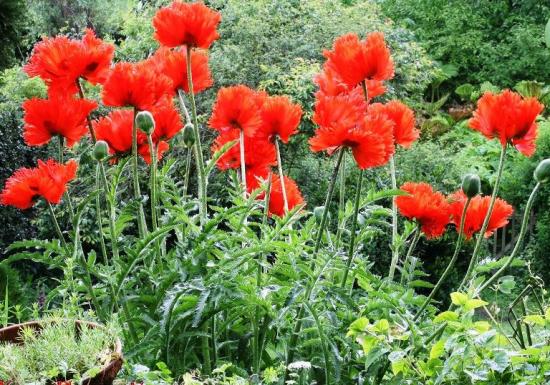
The stem, which is a peduncle, can be erect or somewhat curved, it can be covered with small leaves, or it happens that it is completely bare. The lower part of the stem is usually covered with whitish hairs.
The bushes are distinguished by powerful roots, which allow them to stay firmly in the soil and provide the flower with nutrients and moisture.
The basal leaves of the plant are lanceolate, oblong in shape with pinnately dissected edges. Their color is light green, the surface is covered with a whitish edge. The leaves on the stems have identical color and shape, only their sizes are much smaller.
During the flowering period, the plant is decorated with single flowers, their diameter can vary from 10 to 20 cm. Each flower has from 4 to 6 petals, quite large, painted in different shades of red, orange-red or rose-red. The petals of some species have a black spot at the base of the flower. The stamens and anthers are elongated and black or dark purple in color.
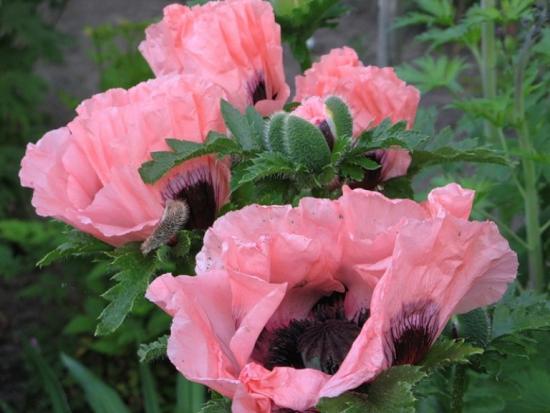
The lifespan of a flower under favorable weather conditions is about a week; flowering begins, depending on the climate zone, from the beginning of June and can last until mid-July.
Fruit perennial poppy - very small, dark gray or brown grains, enclosed in an oblong brown or gray-green rounded box.
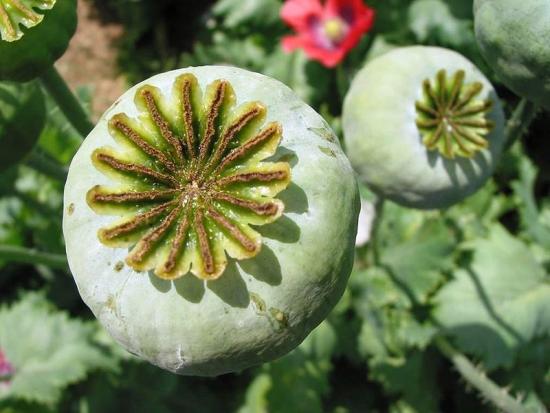
From above it is covered with a flat bottom. Each of them contains about 9 thousand seeds, their maturity occurs in August.
Types of poppy and its varieties
There are a huge variety of oriental poppy varieties, more than two hundred; breeders have worked hard to create luxurious varieties of this wonderful flower.

Garden forms amaze the imagination with the exquisite colors of the petals, from white to purple and lilac, from pink and orange to bright scarlet, in large sizes. Flowers may have smooth, serrated or double petals.
Most varieties of perennial poppy are hybrids.
Among the most popular I would like to note:
- Gardeners' favorite, Mrs. Perry's poppy
- amazing May Queen
- chocolate red Indian chief
- amazing white-flowered variety Perry's White.
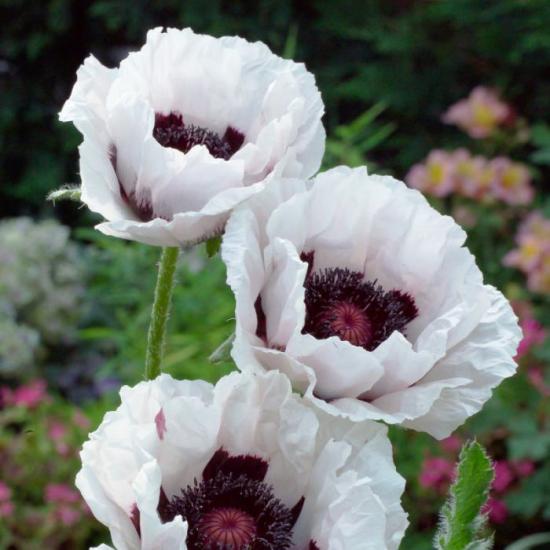
They all look great in flower beds and mixborders when planted in groups.
Where to buy and how to plant perennial garden poppy
You can buy garden poppy seedlings from amateur flower growers on the market; they are sold by garden centers and online stores. If you wish, you can purchase not seedlings, but poppy seeds and grow it yourself.
The plant is not particularly demanding of care and is not afraid of low temperatures.
It is recommended to choose areas for planting perennial poppies that are well lit by the sun, but you can get lush flowering by planting in a slightly shaded area. But when choosing a location, you should take into account that flowers look most advantageous against a background of greenery in brightly lit meadows.
The plant does not really like transplanting, so it is advisable to immediately choose a site where the bushes will grow for many years. An excellent option would be a plot on a small hill - poppies do not like lowlands, constant dampness and stagnant groundwater. If the site is located in a lowland, then you will need to take care of arranging a drainage layer.
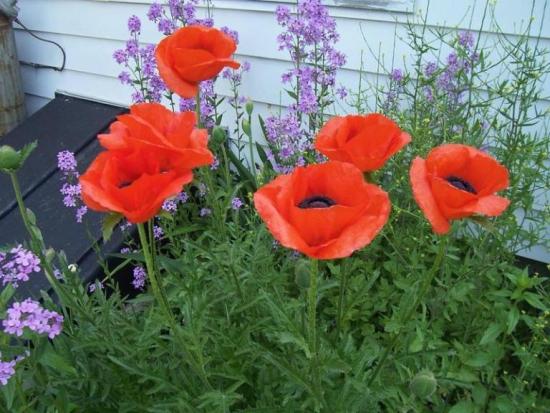
Since the flower stalks are quite tall, you should think in advance about installing supports for tying them - this will prevent the flowers from breaking off in strong winds.
Although the oriental poppy will survive in any permeable soil, it, like other plants, will look more attractive when planted in fertile, loose soil.
The application of fertilizers is encouraged, the greenery of the leaves will become brighter, the flowers will be larger. It is advisable to fertilize throughout the entire growing season. The optimal growing period in the same area is from 5 to 7 years, then the plants will need to be transplanted to another place.
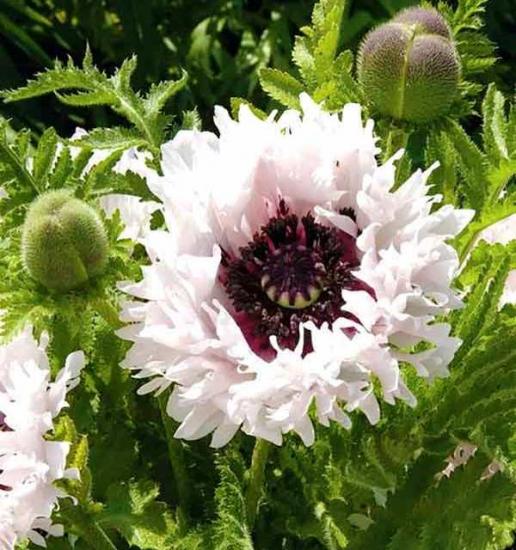
Given the tendency to grow, dense plantings should not be done; it is best to plant bushes at a distance of 55-70 cm from each other.
Let's watch an interesting video about perennial poppy and its cultivation:
Rules of care and watering
We have already mentioned that poppy does not like high humidity, however, the plant needs watering. Although the need for moisture is partially provided by the long root, which goes quite deep into the ground.
The plant is classified as heat-loving, although it can withstand frosts within - 35 C without any shelter.
Transfer
You should not replant the plant frequently.
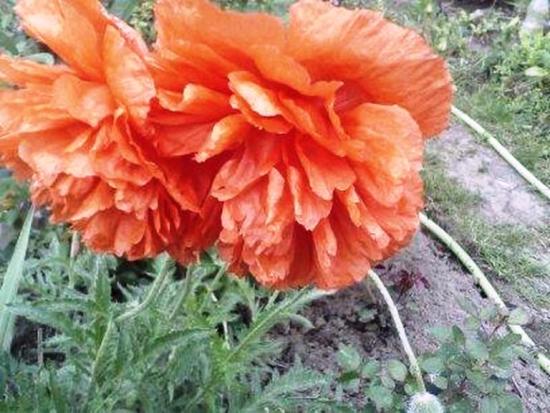
The bushes are replanted after flowering, in the fall. Since the root of the plant is very long, you will need to dig it out carefully, trying not to disturb the earth ball.
When to prune
Time is devoted to this procedure after flowering has ended. Cut off the stems and leaves at the root, because after flowering they turn yellow and wither, the plant loses its decorative appearance. After some time, young leaves appear above the ground, but their sizes will be much smaller.
They resort to complete pruning if there is no desire to collect the seeds, but if the seeds are collected, then pruning is done only after the crowns have ripened.
Organization of wintering
Since poppies are classified as frost-resistant plants, it is not at all necessary to organize insulation for them. But a thick layer of mulch naturally won't hurt.Straw, peat, tree bark or wood chips can be used as mulch.
Pests and diseases
Of the insects, only aphids can attack poppy.
But there are quite a few diseases that can affect a plant:
- powdery mildew
- root rot
- black fungal spot
The cause of the disease is often improper care, especially frequent heavy watering.
Detected diseased leaves and parts of roots are immediately cut off and disposed of to stop the development of the disease; the plants are treated fungicides, Bordeaux mixture or copper sulfate solution.
Let's watch a video about growing perennial poppy:
Propagation options for perennial poppy
You can propagate poppies:
- cuttings;
- dividing bushes;
- sowing seeds.
The easiest way to grow poppies is from seeds.
Sowing is done either with the onset of spring, or before the onset of frost in the fall. Stronger plants can be obtained if the seeds undergo stratification. For autumn sowing, days are chosen at the end of November, when the temperature does not rise above + 3 + 4 degrees C. At higher temperatures, the seeds can sprout, but with the onset of frost, they die.
Spring sowing is carried out immediately after the snow melts.
They begin work by preparing the soil, clear it of the remains of old roots and pebbles, carefully loosen it, apply mineral and organic fertilizers, humus and compost are suitable.
The grooves for sowing are made shallow, maximum 2 cm deep, otherwise the seedlings may not break through to the surface through the thickness of the soil.

To speed up the germination process, you can cover the crops with plastic wrap.Shoots may appear in 2 weeks; throughout this period it will be necessary to maintain the level of humidity in the garden bed.
To protect the emerging seedlings, you can build a light shelter; film or spunbond will protect the tender seedlings from frost, sun and wind.
To prevent the plants from being too crowded, the seeds can be spread at a distance of 3-5 cm from each other when sowing. If the seedlings are too dense, they are thinned out after the third leaf appears.
Poppies grown from seeds usually bloom in their second or third year.
Vegetative propagation methods require quite careful care; poppy takes root in a new place quite difficult. Flowering is usually observed the next year after planting.
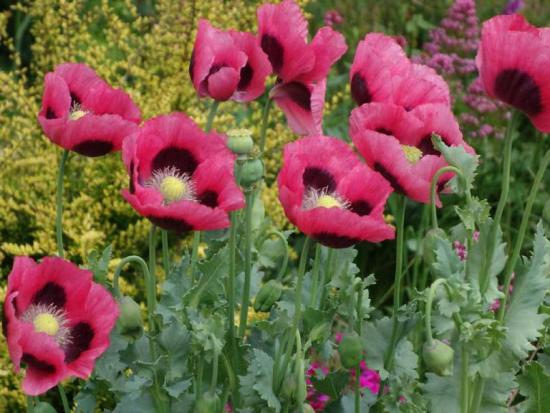
Three to five year old bushes are chosen for division. In this case, it is not recommended to completely dig up the bush; you only need to separate a fragment of the root from the side. Division can be done in early spring, before the buds appear, or in the fall, after flowering has ended. Care should be taken to preserve the fragile root system as much as possible.
The method of dividing the bush is advantageous in that the result is plants that are absolutely identical to the mother plant, preserving all the characteristics of the variety.
When propagating by lateral shoots, it is recommended to keep the cuttings before planting for 24 hours in a solution of root or any other root formation stimulant.
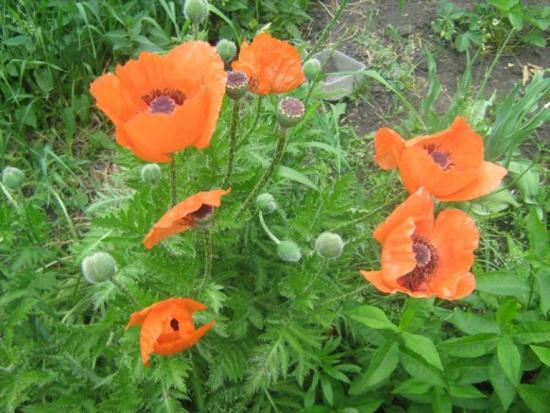
For planting, loose soil is prepared, moistened, the planted cuttings are covered with transparent caps, you can use plastic bottles of mineral water. After roots form, the plants are transplanted to a permanent location.
Why perennial poppy does not bloom, what to do
The reasons may be different, firstly - very young plants spend all their energy on the growth of the rhizome. Usually in the second or third year of life the first flower stalks appear, one or two; only in the 3-4th year will flowering be lush.
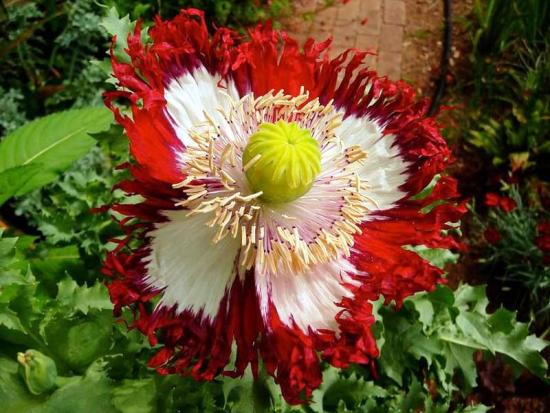
Lack of flowering can be observed due to the strong shading of the area.
Proper care plays an important role in the formation of buds; for example, the plant may suffer from too active loosening, which damages the root system.
What else you should know: Oriental poppy contains opium
When choosing poppy varieties for planting in the garden, you should keep in mind that some of them contain opioids, which are classified as narcotic substances.
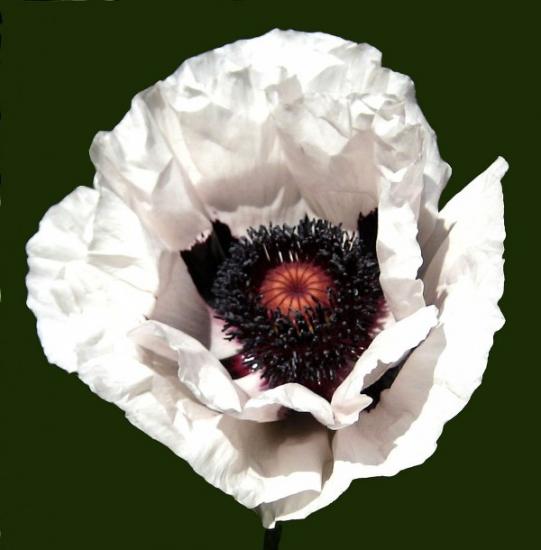
The law prohibits the cultivation of plant varieties containing opium. It is not difficult to identify prohibited varieties; they have a large seed pod. In decorative varieties it is small.
Do not forget that growing oriental poppies may result in an administrative fine if the number of bushes does not exceed 9 pieces. If there are 10 or more plants, the gardener may be prosecuted.

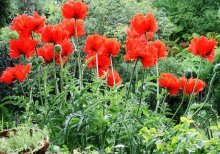
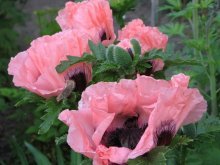
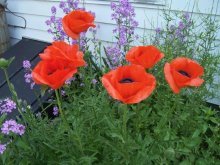
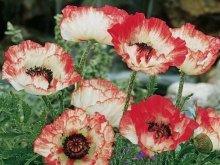
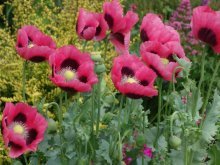
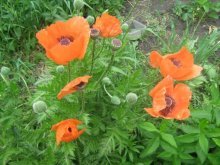
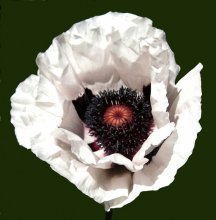
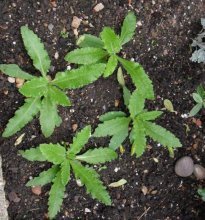
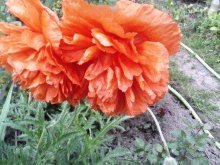
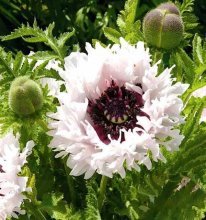
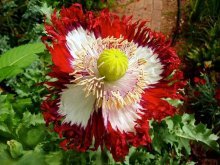
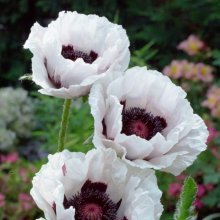
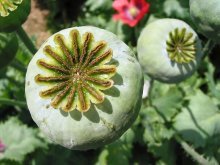
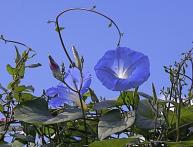
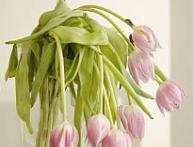
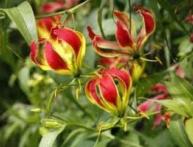
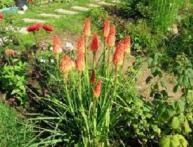

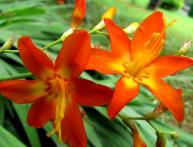
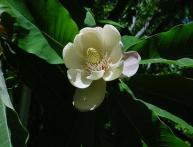
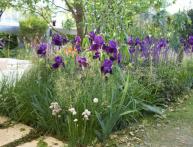
Comments
I have never seen such a variety of poppies as in this article in nature. Usually, only red poppy grows, and its height is not 90 cm, but almost half as much. It’s very beautiful when a poppy field blooms at the end of spring - it’s something incredible.
We have large poppies growing near our houses, they attract so much attention! You walk and can’t take your eyes off them. Such a seemingly simple plant, but how attractive it is, it’s simply amazing.